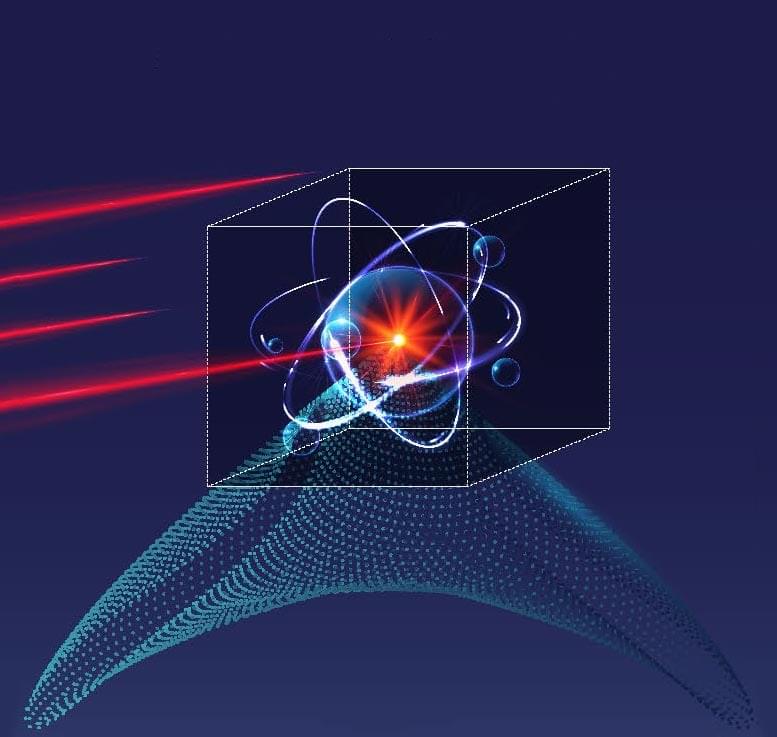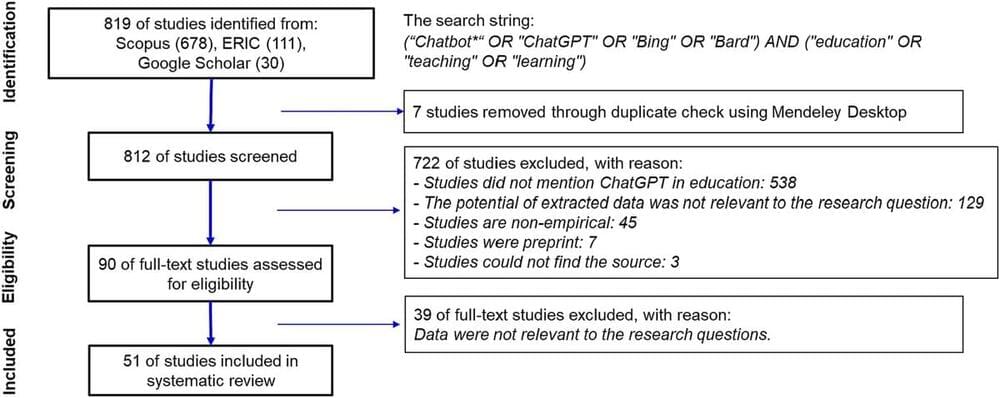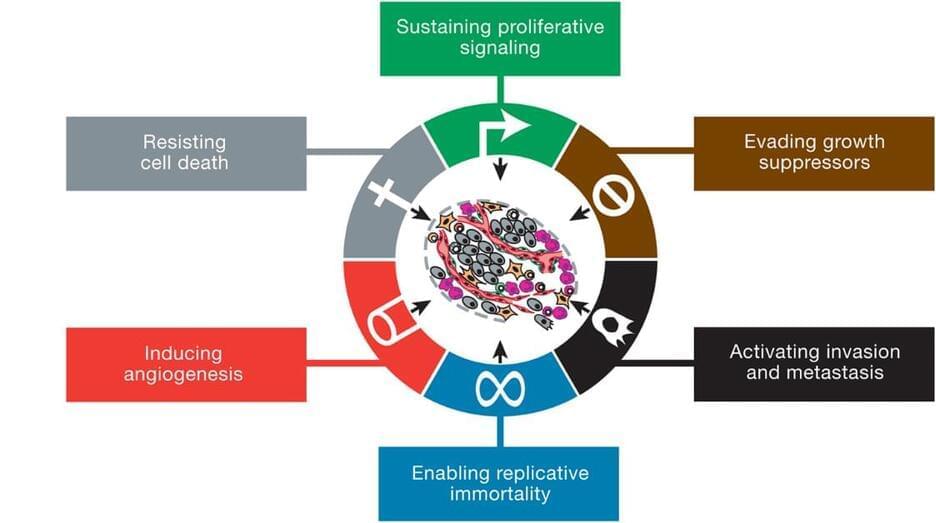Kayla Barnes-Lentz says she has reversed her age by 11 years. She spends her day optimizing her health and biohacking while running her business.



Sometimes things are a little out of whack, and it turns out to be exactly what you need.
That was the case when orthoferrite crystals turned up at a Rice University laboratory slightly misaligned. Those crystals inadvertently became the basis of a discovery that should resonate with researchers studying spintronics-based quantum technology.
Rice physicist Junichiro Kono, alumnus Takuma Makihara and their collaborators found an orthoferrite material, in this case yttrium iron oxide, placed in a high magnetic field showed uniquely tunable, ultrastrong interactions between magnons in the crystal.
Have you ever thought that light might hold a key to life’s mysteries? One hundred years ago, Alexander Gurwitsch dared to propose that living cells emit faint ultraviolet light, invisible to the naked eye, to communicate with and stimulate one another.
It was an idea so ahead of its time that many dismissed it outright. Without a physical theory to back it up, his idea was relegated to the chronicles of history. Yet when I encountered his work, I couldn’t help but ask the question: What if the UV effect is quantum mechanical? Armed with modern quantum theory, I began to uncover a new quantum dimension to life itself.
In 2014, a team of Googlers (many of whom were former educators) launched Google Classroom as a “mission control” for teachers. With a central place to bring Google’s collaboration tools together, and a constant feedback loop with schools through the Google for Education Pilot Program, Classroom has evolved from a simple assignment distribution tool to a destination for everything a school needs to deliver real learning impact.

Introduction: The integration of ChatGPT, an advanced AI-powered chatbot, into educational settings, has caused mixed reactions among educators. Therefore, we conducted a systematic review to explore the strengths and weaknesses of using ChatGPT and discuss the opportunities and threats of using ChatGPT in teaching and learning.
Methods: Following the PRISMA flowchart guidelines, 51 articles were selected among 819 studies collected from Scopus, ERIC and Google Scholar databases in the period from 2022–2023.
Results: The synthesis of data extracted from the 51 included articles revealed 32 topics including 13 strengths, 10 weaknesses, 5 opportunities and 4 threats of using ChatGPT in teaching and learning. We used Biggs’s Presage-Process-Product (3P) model of teaching and learning to categorize topics into three components of the 3P model.

Basically chat gpt, gemini, and apple intelligence all can be a great teaching tool that can teach oneself nearly anything. Essentially college even can be quickly solved with AI like chat gpt 4 because it can do more advanced thinking processing than even humans can in any subject. The way to think of this is that chat gpt 4 is like having a neuralink without even needing a physical device inside the brain. Essentially AI can augmented us to become god like just by being able to farm out computer AI instead needing to use our brains for hard mental labor.
I created a prompt chain that enables you to learn any complex concept from ChatGPT.

How we classify cancer and spot it in its earliest stages could need an urgent rethink: researchers have found that even some healthy women carry cells with the key hallmarks of breast cancer.
These cells are known as aneuploid cells, and have an abnormal number of chromosomes. They’re common in invasive breast cancer, and it’s thought the chromosome imbalance enables cancer to spread and evade the body’s immune defenses.
Now it appears aneuploid cells might also be present even when there’s no cancer in sight. The researchers, from the University of Texas and the Baylor College of Medicine in Texas, found them in breast tissue samples from 49 healthy women.


The melting point is one of the most important measurements of material properties, which informs potential applications of materials in various fields. Experimental measurement of the melting point is complex and expensive, but computational methods could help achieve an equally accurate result more quickly and easily.
A research group from Skoltech conducted a study to calculate the maximum melting point of a high-entropy carbonitrides—a compound of titanium, zirconium, tantalum, hafnium, and niobium with carbon and nitrogen.
The results published in the Scientific Reports journal indicate that high-entropy carbonitrides can be used as promising materials for protective coatings of equipment operating under extreme conditions —high temperature, thermal shock, and chemical corrosion.

Engineers at Northwestern University have demonstrated quantum teleportation over a fiber optic cable already carrying Internet traffic. This feat, published in the journal Optica, opens up new possibilities for combining quantum communication with existing Internet infrastructure. It also has major implications for the field of advanced sensing technologies and quantum computing applications.
Quantum teleportation, a process that harnesses the power of quantum entanglement, enables an ultra-fast and secure method of information sharing between distant network users. Unlike traditional communication methods, quantum teleportation does not require the physical transmission of particles. Instead, it relies on entangled particles exchanging information over great distances.
Nobody thought it would be possible to achieve this, according to Professor Prem Kumar, who led the study. “Our work shows a path towards next-generation quantum and classical networks sharing a unified fiber optic infrastructure. Basically, it opens the door to pushing quantum communications to the next level.”